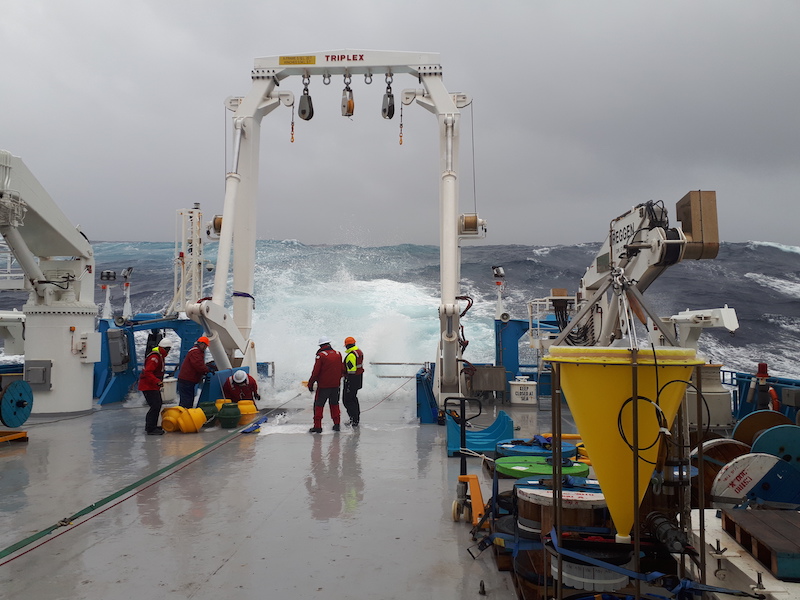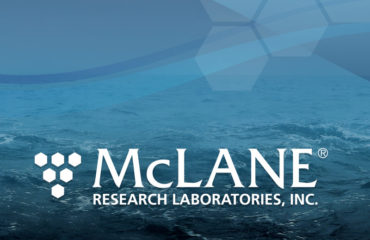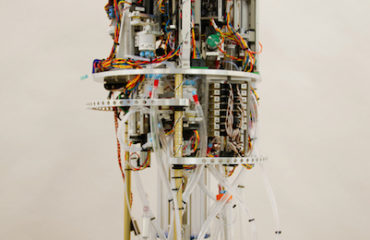
Credit: P. Jansen, CSIRO-IMOS RV Investigator
In 2019 Integrated Marine Observing System (IMOS) Australia deployed Sediment Traps and other instruments as scheduled onboard CSIRO’s Research Vessel (RV) Investigator at the remote Southern Ocean Time Series Observatory. Researchers could not have imagined that an impending pandemic would halt 2020 sea operations, delay mooring recovery, and result in the longest known time series samples ever collected from the Southern Ocean.
The Southern Ocean Time Series Observatory uses a series of automated moorings to study climate and carbon cycle processes. The two deep water moorings, Southern Ocean Flux Station (SOFS) and Sub-Antarctic Zone sediment trap (SAZ) collect samples and data for studies of Subantarctic waters where conditions are so extreme, processes are the most intense and least studied.
Dr Elizabeth Shadwick who leads the SOTS sub-Facility and is a senior Research Scientist at CSIRO, was the Chief Scientist on the September 2020 SOFS and SAZ recovery voyage onboard CSIRO’s RV Investigator. “We have sustained the longest time series of Southern Ocean observations operated by any nation, contributing to the global effort to understand ocean dynamics and their role in climate and responses to anthropogenic emissions,” she noted.
SOFS and SAZ remained on station for 16 months and two harsh winter seasons. As a result, an extra-long data time-series was gained and will greatly contribute towards studies of the total global ocean uptake of human-induced CO2 emissions.
SOFS and SAZ were redeployed and are scheduled for an April 2021 recovery.
Read more about the Southern Ocean Time Series Observatory.
Read more about McLane Sediment Traps.



